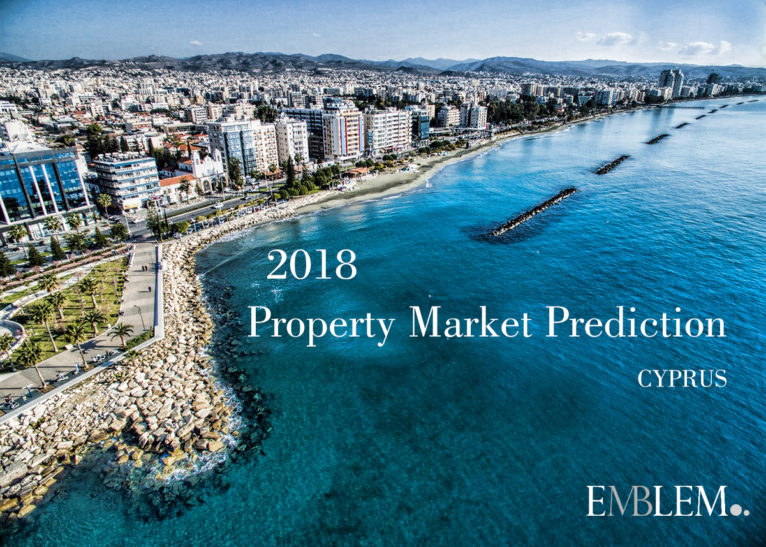Property prices in Cyprus are continuing their upward trend, according to RICS Cyprus and there seems to be a renewed interest from both local and foreign investors to carry on investing in what seems to be a more stable market, with sufficient confidence for all parties involved.
During the first half of 2017, the Cypriot economy showed further signs of stability, with an annual seasonally adjusted GDP growth of 3.5%. Unemployment remained at somewhat high levels, but on a downtrend to ca 10.8% (from the high levels of 17%) in the previous year. These indicators have performed even better in the second half of the year.
2017 in general was noted as a year of growth, during which the recovery of the economy of Cyprus had a positive impact on the property sales/contracts volume registered with the Land registry department. The sales volumes of 2017 clearly indicate a recovery of the property market, and the trend should be expected to continue in 2018, as the economy expands further.
Improved confidence was noted in the Cypriot economy and especially within the banking sector, due to the Government’s sincere efforts in attracting overseas investments through a number of initiatives like the Permanent Residency program, the Cypriot Citizenship Scheme, as well as tax incentives, which all had a positive impact on the market, therefore resulting in higher sale contracts/transactions during 2017. This created confidence and stability in the market.
Despite some issues which are still existing today, such as NPL, financial institutions have, during 2017, been more willing to provide access to finance and there is now an increasing interest from locals and overseas investors/buyers. As indicators improve and Financial institutions ease out access to finance, in 2018 we are most likely going to see a further increase in property prices in Cyprus, coupled with constantly increasing demand and more confidence in the market and the country in general.
On an annual basis the Cyprus Property Price Index recorded increases in prices in all cities and asset classes, with significant increases recorded in Limassol. Nicosia, Larnaca, Paphos and Paralimni have shown smaller annual increases. Limassol reported the highest increase in apartment prices (3.8%), in comparison to all other cities and major towns. Rental values across Cyprus, have shown a considerable increase which was made more apparent in the second half of 2017.
Looking at Rental prices in Q2 of 2017 compared to Q2 of 2016, shows that apartment rents have risen 8.3%, while house rents have risen 10.2%. Rents for retail have risen 6.8%,rents for offices 14.4% and rents for warehouses have risen to 4.2%.
All asset classes have shown a consecutive quarterly growth. This can be seen through the increase in gross yields at the end of Q2 of 2017, with average gross yields standing at 4.1% for apartments, 5.4% for houses, 4.3% for retail, 4.3% for warehouses, and 4.9% for offices. Once the results of the second half of 2017 are published, these indicators are expected to show an even higher increase.
The parallel reduction and/or stabilisation in capital values and rents is keeping investment yields relatively stable and at low levels (compared to yields overseas). This suggests that there still seems to be room for repricing of capital values to take place, especially for properties in secondary locations, thus correcting the real estate industry and creating an even more stable market.
Therefore, it seems safe to say that a steady recovery in the Cypriot property market is expected within 2018, with demand expected to continue rising.









